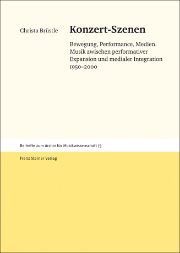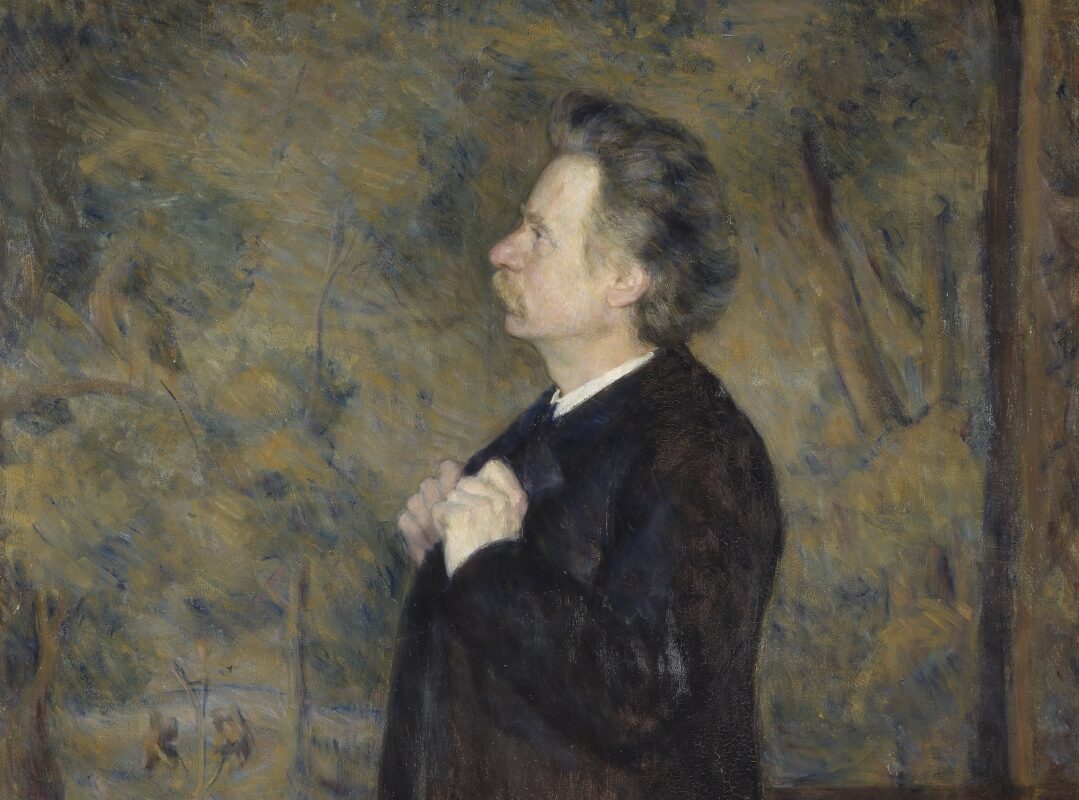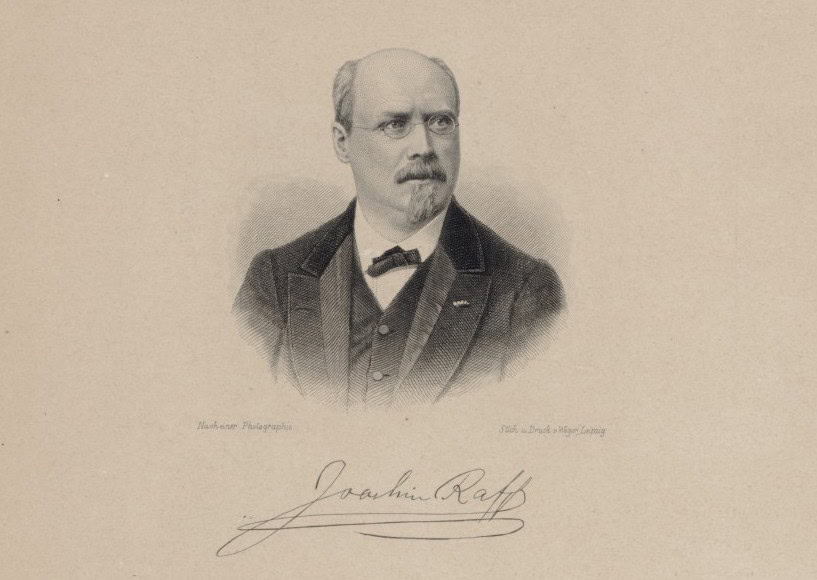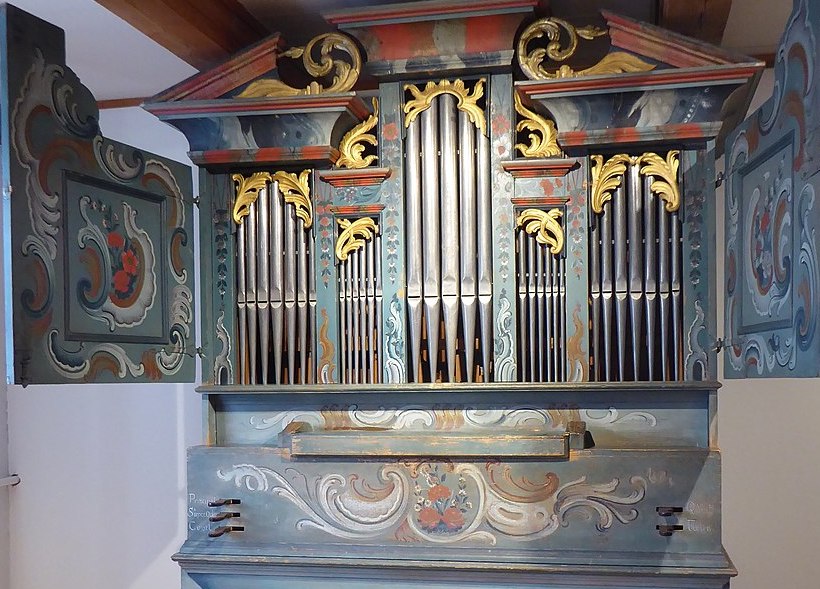Coupling the audible with the visible
In her book "Concert Scenes", Christa Brüstle enters largely unexplored terrain where acoustic and visual phenomena overlap.

"The visible, itself the hypostasis of music, was now able to emanate musical emanations." Dieter Schnebel wrote this learned sentence, which leads to the center of Christa Brüstle's investigation. Basically, it is about the inclusion of the visual, far removed from opera or music theater, mind you. Concert scenes, the title of the extensive treatise, is ultimately more of an embarrassing solution. For it is not only Mauricio Kagel's "Instrumental Theater" or Hans-Joachim Hespos' concert rituals that are addressed, but also many visual-acoustic variations away from orchestral or ensemble podiums. Christina Kubisch's installations are discussed, as are body performances by the Australian Stelarc and a performance of George Brecht's "Event-Partitur" that Brüstle witnessed in Berlin backyards Water Yam (1959-63).
It is questionable whether the subject area is not too large, whether it can even find a meaningful place in a book. Brüstle answers the latter in the affirmative and thus expects the reader to take quite a detour. In view of the incompatibility of the phenomena, their chronological presentation is not really suitable. The introduction in particular, which deals with the strictly serial phase of the early 1950s, is unconvincing. The extension of serial parameters to spatial properties does touch on the theme of "movement" hinted at in the book's subtitle. But the avant-garde of the 1950s seems to have (still) wanted little to do with the integration of the visible, which increased explosively in the course of the "fringing of the arts" in the 1960s.
Brüstle gets down to business with Mauricio Kagel's "Instrumental Theater", although there is less need for research here than on "Wandelkonzerte", "Interaktion in Konzert und Klangkunst" or "Musik mit Bild - Videokonzerte", the concluding topics of the presentation. Video concerts alone have gained enormously in importance, especially since the 1990s. Brüstle uses Carola Bauckholt's video for In familiar surroundings III for video, cello and (prepared) piano (1994) demonstrates the diverse combination possibilities of the audible and the visible, which allow visual doublings of the acoustic as well as surrealistic episodes or the friction of music with the visible. Further excursions into the multimedia art of Erwin Stache and Susanne Stelzenbach demonstrate how confused, even diffuse, the relationships can be in video art alone.
Brüstle cannot get to grips with such a thematic proliferation in her fundamental approach. She only deals with many works in broad outline, more descriptive than interpretive. In this respect, the 400-page tome Concert Scenes has become more of an opulent collection of material than a facilitator of access to artistic multimedia. However, Brüstle's courage in venturing into this largely unexplored terrain remains unreserved.
Christa Brüstle: Concert Scenes. Movement, Performance, Media. Musik zwischen performativer Expansion und medialer Integration 1950-2000, (=Beihefte zum Archiv für Musikwissenschaft, Vol. 73), 413 p., € 78.00, Franz Steiner Verlag, Stuttgart 2013, ISBN 978-3-515-10397-8









